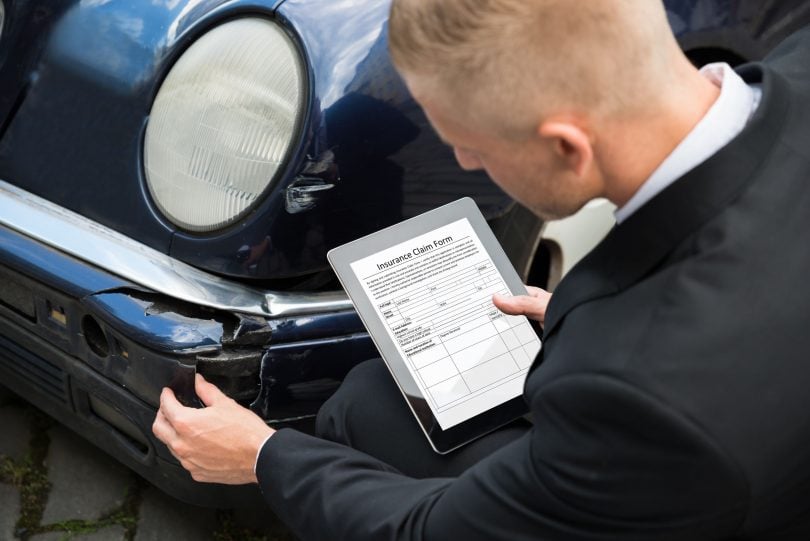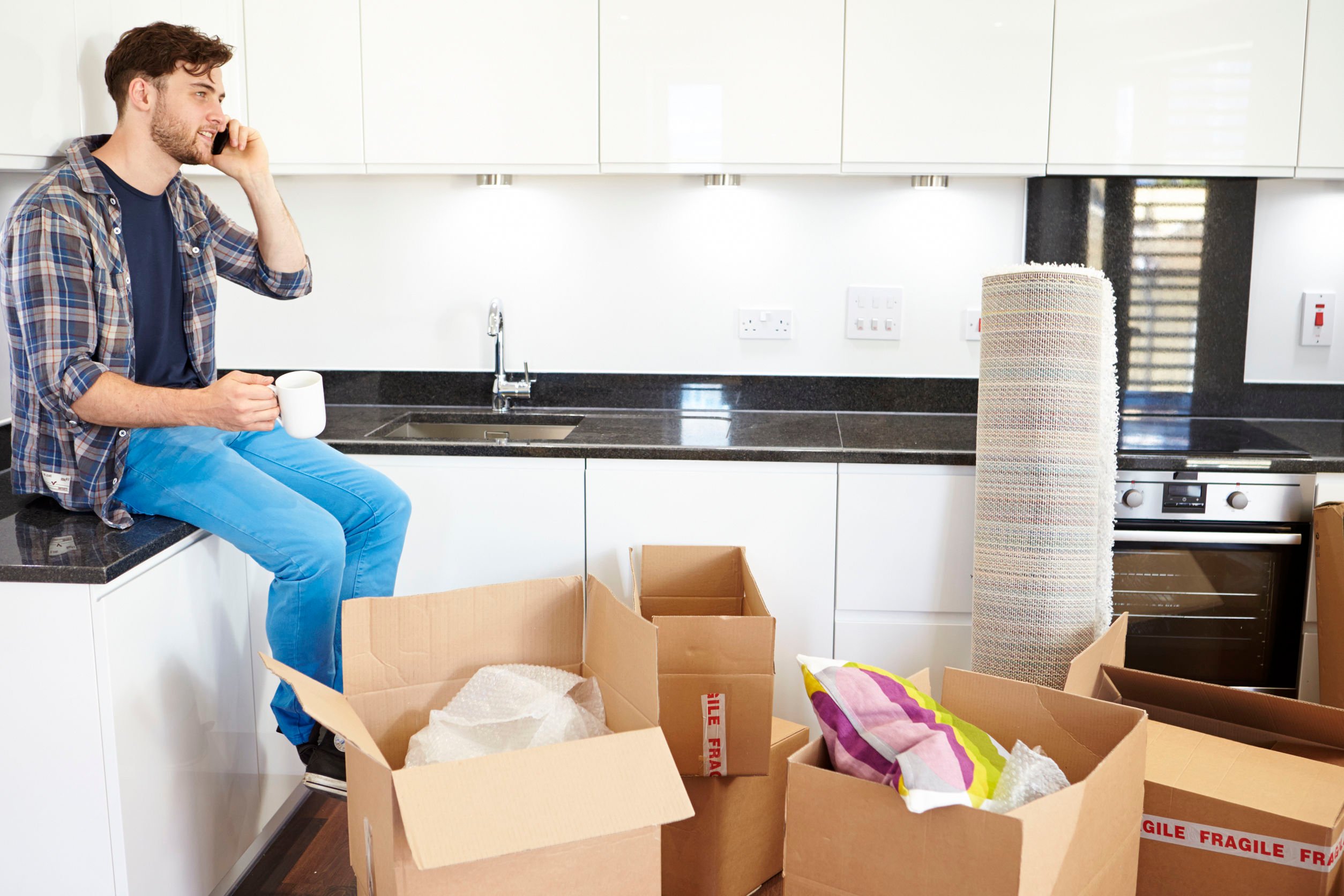Shipping your car can be a nerve-wracking process any way you slice it: handing over your keys, you cross your fingers and hope that your vehicle arrives at its final destination safe and sound. But what do you do if the stars just aren’t aligned, and there is vehicle damage during transport? Follow our instructions, starting prior to sending your vehicle on its way, and you’ll be prepared for the worst. Just in case.
Do your research beforehand
Before you sign the contract to ship your car, get as much information as you can about your shipping company’s insurance policies and what they cover. Find out what is included in their basic insurance and ask what additional insurance coverage they might offer — and what it will cost. Do they cover only the damage or total loss? Is there a cap on how much they will pay? For a vehicle in transit, the possible damage might include chips, dents, or scratches, especially the roof or the area under the bumpers; flood damage; shipping truck rollover; window breakage; and theft. If you determine the company’s insurance policy isn’t enough, factor in an additional policy when estimating the cost of moving your car.
Upon arrival, inspect your vehicle thoroughly.
When your car arrives at the final destination, check for any damage with a shipping company representative to see if you notice anything that indicates there has been damaged since the pre-shipping inspection. Be sure to look at the roof and undercarriage, check for fluid leaks, and turn the vehicle on to be sure it is running properly and isn’t making any sounds indicating damage. Lastly, check the odometer to ensure there hasn’t been excessive miles put on the car since it left your hands.
After you sign the Bill of Lading stating that your car is received, your mover will prepare a statement of the vehicle’s condition for you both to sign. Read it carefully and be sure you know what you’re signing. If you disagree with any of the statements or details, ask for a correction.
If you find damage…
- Take a photo of the damage, ideally from an angle similar to a photo taken prior to shipping your vehicle.
- Along with the shipping representative, document the damage in the Bill of Lading. Most forms will have a detailed diagram so the part of the car damaged during shipping can be noted accurately.
- Notify the driver of the damages, if they aren’t present during the inspection.
- The driver or representative of the company must sign the inspection documents before you drive the vehicle away.
- Visit your mechanic to obtain an estimate for repairing the damages. Get a written or email copy to provide to the shipping company.
- Provide photos and repair estimate to the shipping company. They will need both to submit to their insurance company to secure payment for the repairs. If you require a rental vehicle in the meantime due to significant damage, keep all receipts.
If the company refuses to pay for the damage…
Let’s hope it would never get to this point, but file a complaint with the Better Business Bureau. They will help mediate a solution that both parties can be happy with. If that doesn’t work to your satisfaction? Contact the company’s insurance agent and tell them your vehicle was damaged, and you have not received fair compensation for it. They don’t want to see car damage during transport any more than you do!
What else can you do to ensure your vehicle arrives safely? Have a look at our car shipping tips for additional suggestions!







